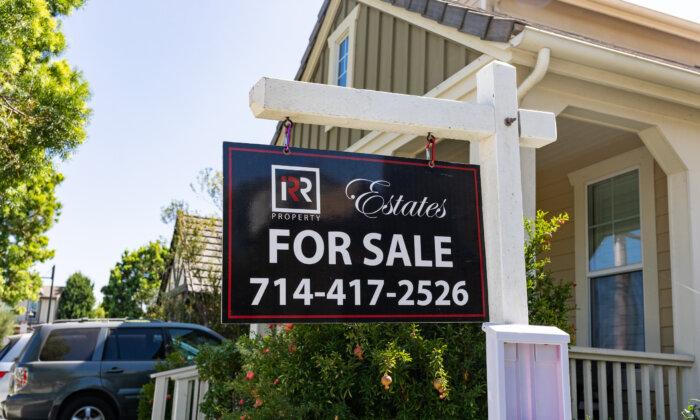U.S. home prices continued to rise in March, with national prices hitting their ninth all-time high over the past year, according to S&P Global.
“This month’s report boasts another all-time high,” said Brian D. Luke, Head of Commodities, Real & Digital Assets at S&P Dow Jones Indices.
The National Home Price Index has increased by nearly 34 percent between January 2021 and March 2024 under the Biden administration.
Mr. Luke pointed out that the gains in San Diego, New York, Cleveland, and Los Angeles indicate “strong demand” for housing in urban markets.
Southern California had the highest home price increase on an annual basis, with Seattle and San Francisco ranking at the top in terms of monthly performance.
Region-wise, the Northeast market remained a top performer with prices rising 8.3 percent annually. Markets in the region are showing “robust growth” compared to other metro regions, Mr. Luke said.
Cities like Dallas, Phoenix, and Tampa, which performed very well during the 2020-2021 pandemic years, are now growing at a slower pace, he noted.
Crisis in Housing Affordability
High home prices and elevated mortgage rates are putting pressure on home affordability.According to the National Association of Realtors (NAR), buying a median-priced existing single-family home in March 2024 requires $2,093 in monthly payments—far higher than $1,206 in 2021.
During this period, mortgage payment as a percentage of income jumped from 16.9 to 24.7 percent. Qualifying for such a home now requires an income of $100,464, up from $57,888.
Home prices continue to remain elevated due to a housing shortage, according to real estate brokerage Redfin. This is mostly because many homeowners do not wish to sell their properties. They feel “locked in” by the low mortgage rates scored during the pandemic.
However, “it’s not all bad news for homebuyers,” said Redfin Economics Research Lead Chen Zhao. “In certain parts of the country, buyers also have room to negotiate as homes linger on the market, prompting sellers to slash their asking prices and provide concessions.”
Fernanda Kriese, a local Redfin Premier real estate agent, said that many sellers in Las Vegas were willing to negotiate a 5- to 10-percent reduction in the list price of homes for sale.
“Sellers are offering buyers money for mortgage-rate buydowns, along with other concessions. Homes that are listed below market value get multiple offers and are snatched up in two to four days, but homes priced $5,000 to $10,000 over market value are sitting for 30 to 60 days longer.”
The rise in home prices is happening even as new listings have risen in recent months, the brokerage noted.
However, listings remain roughly 20 percent below their pre-pandemic levels.
Bonnie Phillips, a Redfin Premier real estate agent in Cleveland, said that some of her younger buyers were thinking of buying a multifamily home and renting half to make the monthly payments.
One-third of single-family homes for sale in the United States during the first quarter were newly built, down from the record high of 34.5 percent two years ago, Redfin stated.
“The portion of housing supply that’s newly built is still roughly double pre-pandemic levels.”
Nicole Dege, a Redfin Premier agent in Orlando, Florida, said that buyers were having a difficult time finding single-family homes within their budget since many homeowners are averse to selling.
Homeowners who do list their homes for sale tend to demand high prices. Many of them haven’t come to terms with the fact that prices have fallen from the peaks in 2022, she said.
“Builders have a better understanding of the current market, so they’re pricing fairly, offering mortgage-rate buydowns, and providing other concessions to attract buyers,” she said.







